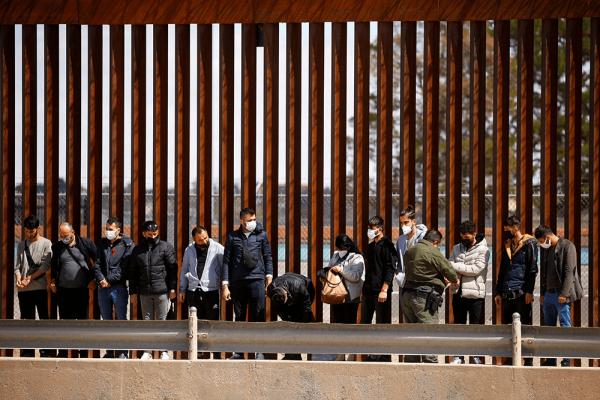May 18, 2022
The Biden administration is fighting a legal battle to end the use of Title 42, a policy that has effectively closed the U.S. Southern Border to asylum-seekers for more than two years. Numerous faith-based organizations that work with immigrants have called on the administration to return to pre-pandemic asylum processing.
Read the Full Article

Already a subscriber? Login
